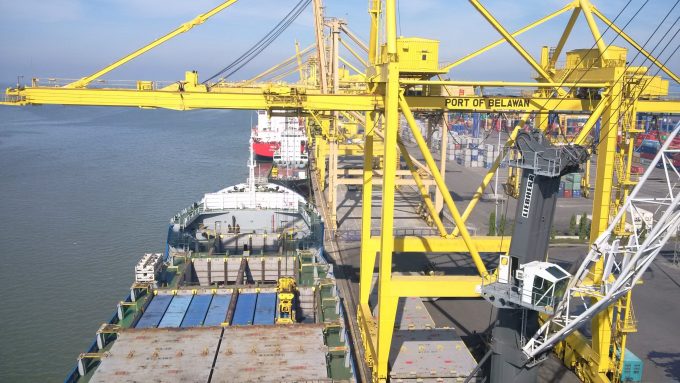Indonesia's Kertajati Airport has lofty cargo ambitions: 'bringing in the big boys'
Indonesia’s Kertajati Airport could become South-east Asia’s next major air cargo hub. Located 170km from Jakarta, ...

The Indonesian government wants mainline operators to call directly at Belawan, the country’s busiest port after Java.
Minister of state-owned enterprises Erick Thohir said last week 95% of containerised exports from Belawan, located in northern Sumatra, were transhipped in Singapore and Port Klang in Malaysia.
Data from state-owned port operator Pelindo shows Belawan handled 550,871 teu last year, and Statistics Indonesia shows China as northern Sumatra’s top export destination, followed by India, Japan and the US.
In the first five months of this ...
USTR fees will lead to 'complete destabilisation' of container shipping alliances
Outlook for container shipping 'more uncertain now than at the onset of Covid'
Flexport lawsuit an 'undifferentiated mass of gibberish', claims Freightmate
Shippers warned: don't under-value US exports to avoid tariffs – 'CBP will catch you'
Cancelled voyages take the sting out of spot rate declines this week
New Houthi warning to shipping as rebel group targets specific companies

Comment on this article